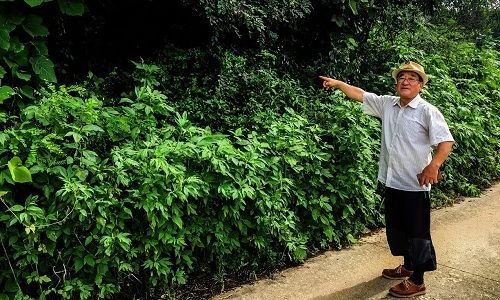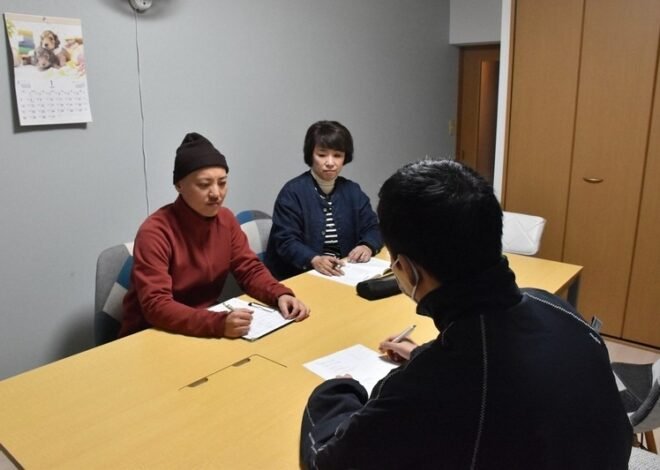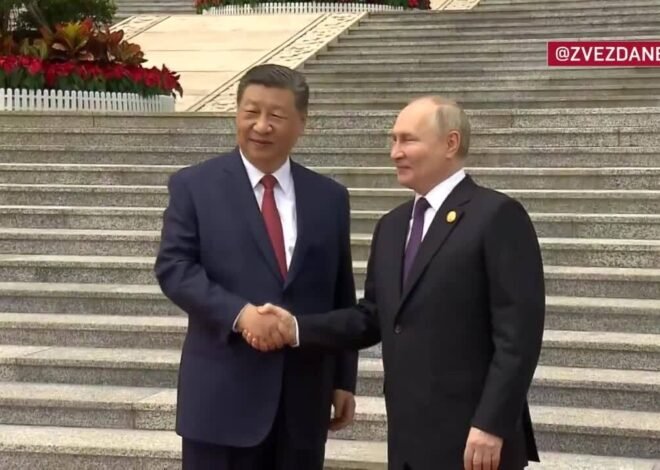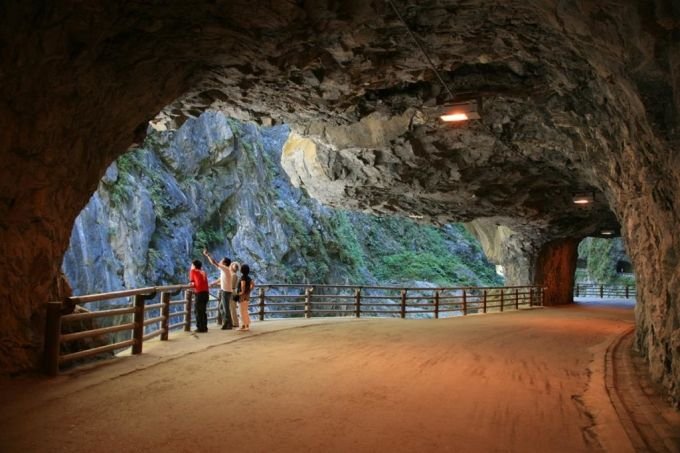
Life on the edge of the Korea-North Korea border
Mr. Woo Jong-il pointed to a concrete shelter covered by trees in Paju, South Korea.
Standing from the front yard, Mr. Woo Jong-il can see North Korea.
This farmer built two concrete shelters in his yard to prevent war.
Three years later, he built a larger underground cellar under the hill, a 5-minute walk through the rice fields.
However, increasing tensions between the US and North Korea made Mr. Woo feel uneasy, even though he had two shelters.
`I feel unsafe, because my house is located on the front line,` he said.
Although he was always afraid of war breaking out, Mr. Woo never thought of leaving his hometown, where 13 generations of his family had lived for 400 years.
`I like what he is doing. But if war breaks out, a lot of people will die. America will always be safe because only their soldiers will come here, and Korean civilians will be the ones who die.`
Understanding the dire consequences of war, he wants `mighty countries in the world to eliminate Kim Jong-un` to achieve peace.
His views reflect a more robust approach that is being advocated by many South Koreans.
Discussing the issue of how to end the seven-decade-long conflict, Lee Min-bok had the opposite view of Mr. Wo.
Unlike Mr. Woo, Mr. Lee wants to live as close to the border as possible.
Every time the wind blows north, Mr. Lee and his wife drive a 5-ton truck carrying balloons and leaflets, DVDs, US dollars and bibles towards the border.
Mr. Lee lives in Pocheon, a small city 42 km northeast of Seoul.
Their fears are not unfounded.
Mr. Lee has a team of plainclothes police accompanying him every time he leaves home.
`I want to move closer to the demilitarized zone, as close to North Korea as possible,` he said.

Mr. Lee Min-bok stands next to a truck carrying hydrogen tanks used to inflate balloons to release propaganda leaflets and newspapers to North Korea.
In his bedroom hung a large map, from floor to ceiling, marking the balloon release locations along the border.
After reading news accusing North Korea of starting the war, Lee met a veteran and invited him to drink alcohol and cigarettes.
`North Korean people are hungry for information and need to know news from the outside,` Mr. Lee said.
The Korean government still tries to transmit information across the border using loudspeakers.
The war continues on the radio.
Another program educates North Koreans about human rights, saying `it is an absolute necessity to live as human beings`.
As for South Koreans, they are less influenced by North Korean propaganda.

A rain is pouring down on the village of Haen, South Korea, located next to the North Korean border.
The small farming community has about 1,500 people, residing in the middle of a bowl-shaped valley.
Along the roads leading into the village are mine warning signs.
In 1990, the South Korean government discovered a one-meter-long tunnel in this area dug by the North Korean military.
Despite living on the most dangerous border in the world, with the presence of armies on both sides, the majority of Haen people are not afraid of North Korea.
`This is the safest place,` said Ms. Lee Soo-nae, a roadside ginseng seller.
`Living here is very good,` she concluded.


